Researchers have stumbled upon a perplexing discovery: fast-repeating radio bursts originating from a galaxy devoid of the energy needed to produce such signals. This finding challenges our understanding of FRB origins and opens up new avenues for exploration.
Astronomers have detected a puzzling mystery: fast-repeating radio bursts emanating from a distant 'dead' galaxy. This discovery challenges existing theories about the origins of these energetic signals.Fast radio bursts (FRBs) are sudden flashes of radio waves lasting just milliseconds. While typically associated with young, magnetized neutron stars expending energy during formation, the galaxy from which these bursts originate should contain only old, dead stars.
This ancient elliptical galaxy, located about 2 billion light-years from Earth, is home to FRB 20240209A. This moniker refers to a series of radio bursts detected by the Canadian Hydrogen Intensity Mapping Experiment (CHIME) telescope in British Columbia. To pinpoint the source, astronomers used the Gemini North telescope in Hawaii, theorizing the presence of a faint galaxy previously undetected. This finding throws a wrench into prevailing theories, as FRBs are generally expected to originate within galaxies actively forming new stars. Researchers are now exploring possibilities like merging or collapsing neutron stars as potential origins for these enigmatic bursts. Further investigations into these FRBs will shed light on the space between the galaxy and our own Milky Way, providing valuable insights into distant regions of the cosmos
FAST RADIO BURSTS GALAXIES ASTROPHYSICS NEUTRON STARS CHIME TELESCOPE
United States Latest News, United States Headlines
Similar News:You can also read news stories similar to this one that we have collected from other news sources.
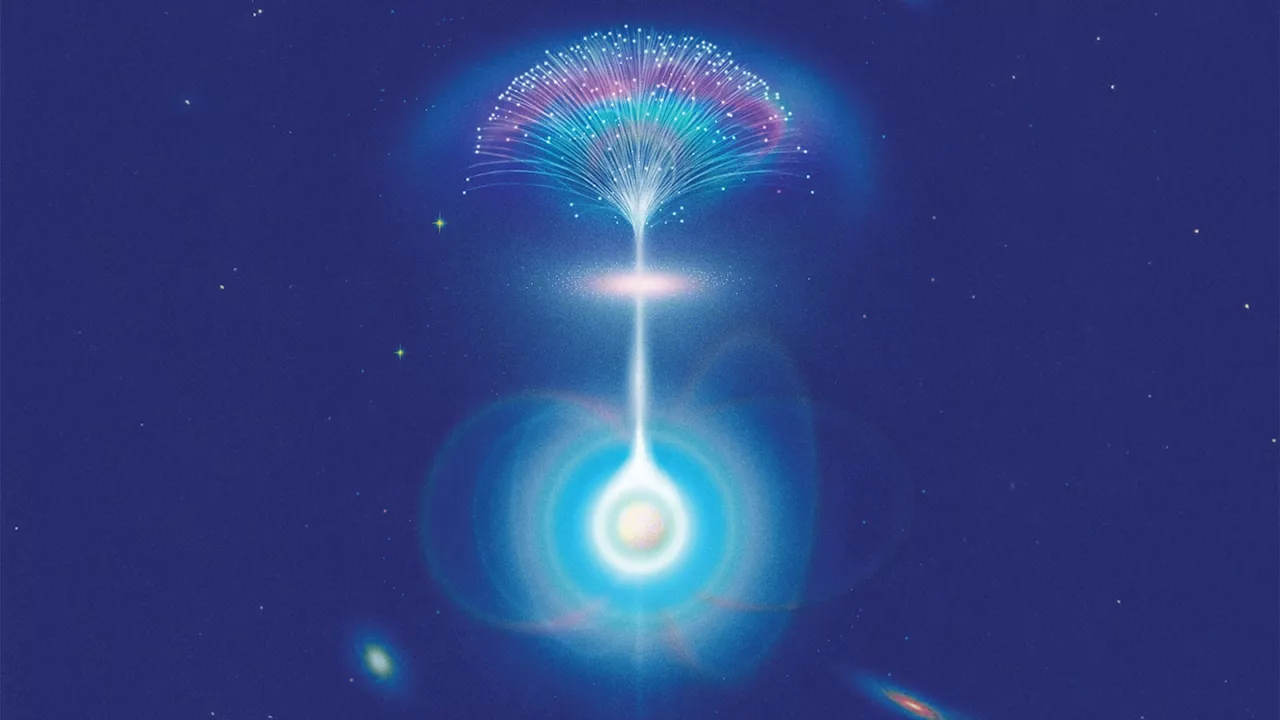 Scintillation Reveals New Clues About Fast Radio BurstsA new study uses scintillation, the twinkling of light from distant sources, to learn more about the origin and properties of fast radio bursts (FRBs).
Scintillation Reveals New Clues About Fast Radio BurstsA new study uses scintillation, the twinkling of light from distant sources, to learn more about the origin and properties of fast radio bursts (FRBs).
Read more »
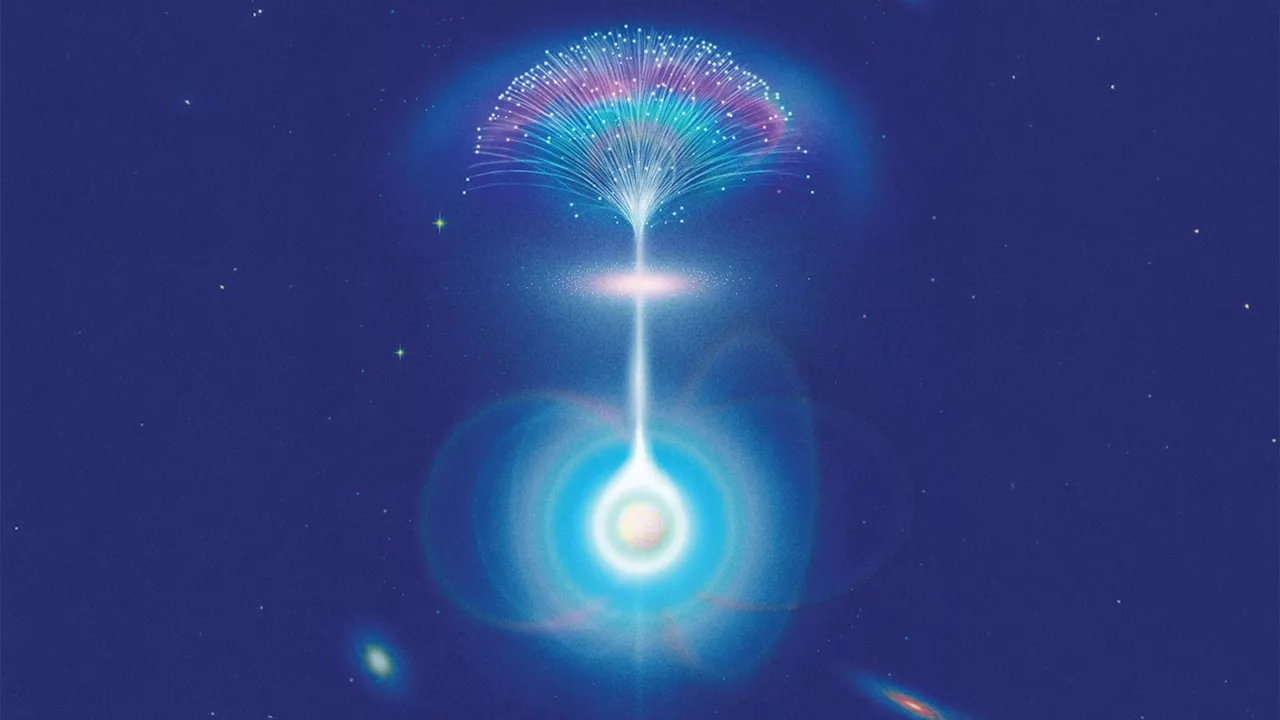 Scintillation Reveals Clues About Fast Radio BurstsA team of scientists used a method called scintillation to study an FRB named 20221022A, originating from a galaxy 200 million light-years away. As the FRB's light traveled through the intergalactic medium, it flickered due to interactions with gas and dust, similar to how stars twinkle. By analyzing this flickering, the team was able to determine the size and location of the FRB's light source.
Scintillation Reveals Clues About Fast Radio BurstsA team of scientists used a method called scintillation to study an FRB named 20221022A, originating from a galaxy 200 million light-years away. As the FRB's light traveled through the intergalactic medium, it flickered due to interactions with gas and dust, similar to how stars twinkle. By analyzing this flickering, the team was able to determine the size and location of the FRB's light source.
Read more »
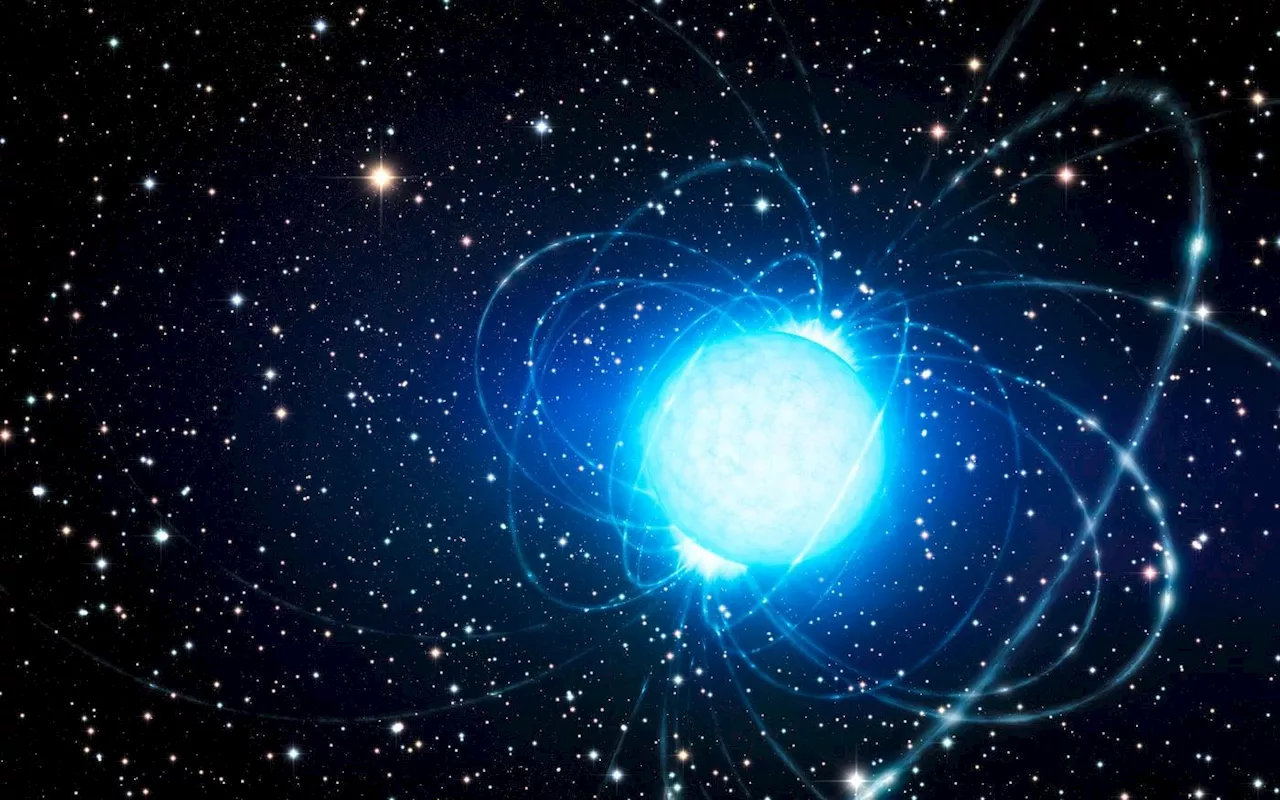 Gravitational Waves Could Give Us Insights into Fast Radio BurstsAre Fast Radio Bursts and Gravitational Waves generated by magnetars and their star quakes? Scientists might find out soon.
Gravitational Waves Could Give Us Insights into Fast Radio BurstsAre Fast Radio Bursts and Gravitational Waves generated by magnetars and their star quakes? Scientists might find out soon.
Read more »
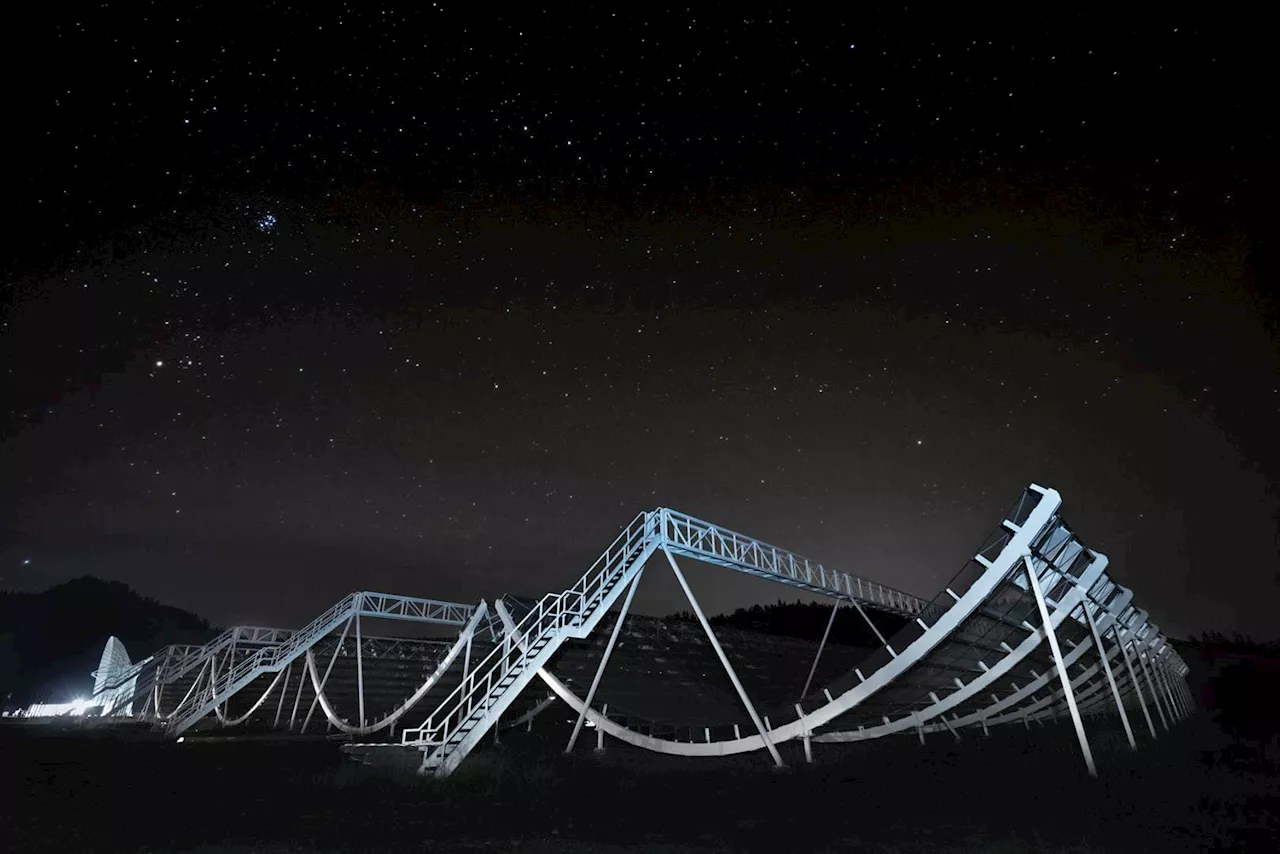 Old Stars Surprise Scientists by Generating Fast Radio BurstsA repeating fast radio burst (FRB) originating from an ancient galaxy has challenged conventional understanding of these enigmatic phenomena. Analysis of FRB 20240209A, observed by the CHIME radio telescope, revealed that the source lay at the edge of a galaxy older than 11 billion years, significantly exceeding the typical age of FRB-producing neutron stars. This discovery suggests the possibility of alternative mechanisms for generating FRBs, potentially involving merging magnetars within globular clusters orbiting these old galaxies.
Old Stars Surprise Scientists by Generating Fast Radio BurstsA repeating fast radio burst (FRB) originating from an ancient galaxy has challenged conventional understanding of these enigmatic phenomena. Analysis of FRB 20240209A, observed by the CHIME radio telescope, revealed that the source lay at the edge of a galaxy older than 11 billion years, significantly exceeding the typical age of FRB-producing neutron stars. This discovery suggests the possibility of alternative mechanisms for generating FRBs, potentially involving merging magnetars within globular clusters orbiting these old galaxies.
Read more »
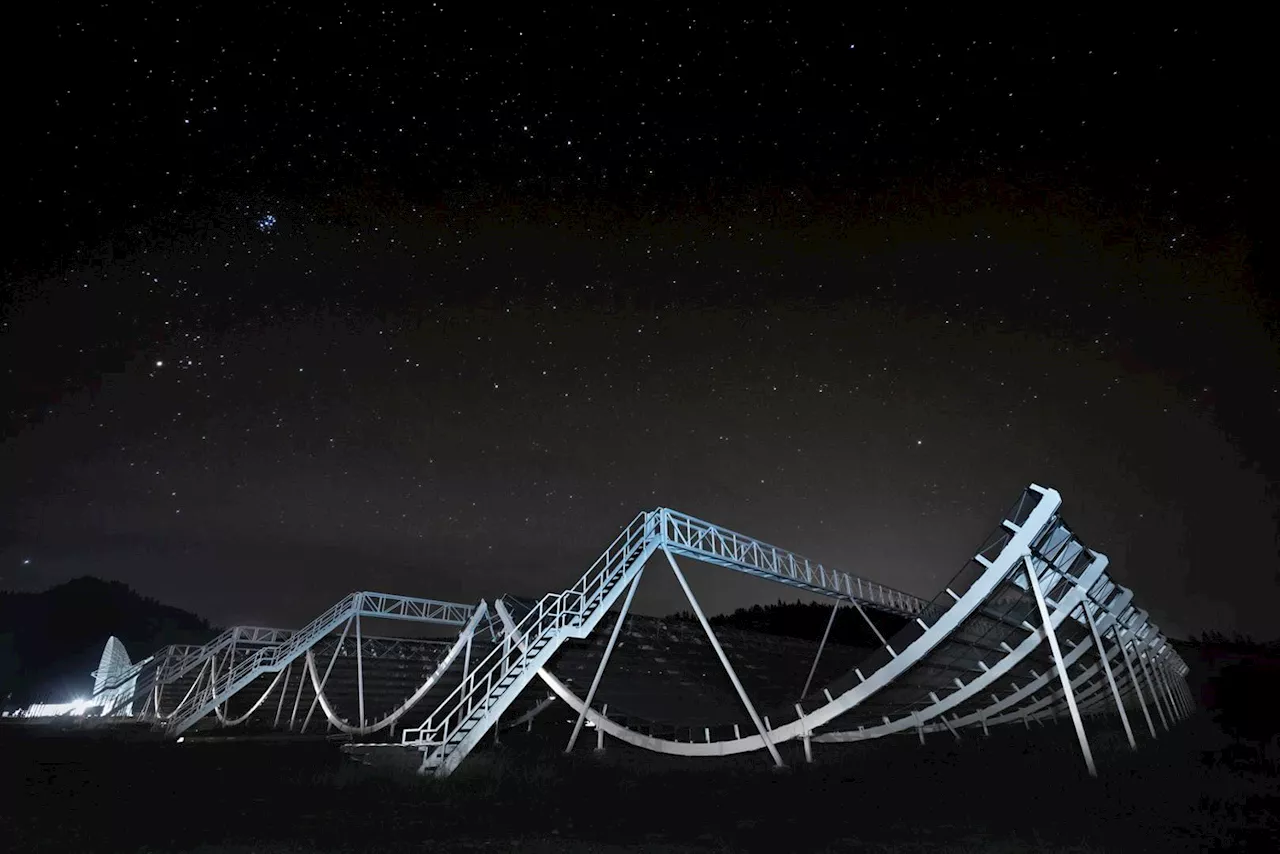 Discovery of FRB 20240209A Challenges Understanding of Fast Radio BurstsAstronomers have detected a repeating fast radio burst (FRB) that originates from an unusually old galaxy, challenging the prevailing theory that FRBs are caused by young magnetars. The discovery, based on observations of FRB 20240209A by the CHIME radio telescope, suggests that FRBs may be produced by a wider range of astrophysical processes.
Discovery of FRB 20240209A Challenges Understanding of Fast Radio BurstsAstronomers have detected a repeating fast radio burst (FRB) that originates from an unusually old galaxy, challenging the prevailing theory that FRBs are caused by young magnetars. The discovery, based on observations of FRB 20240209A by the CHIME radio telescope, suggests that FRBs may be produced by a wider range of astrophysical processes.
Read more »
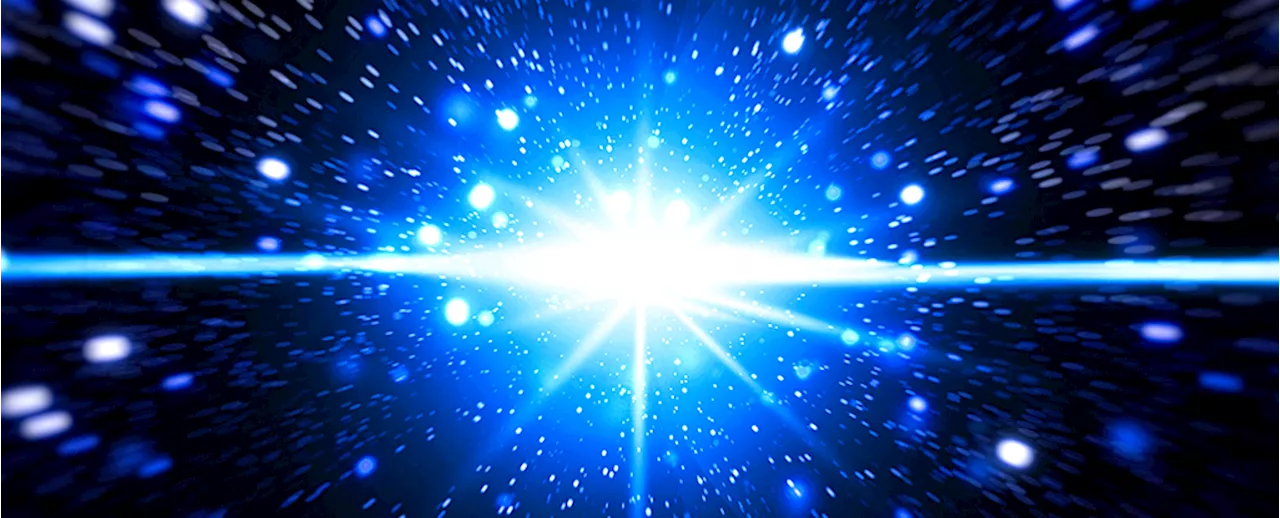 Old Neutron Stars Can Generate Fast Radio BurstsA new study has found that fast radio bursts (FRBs) can be generated by old neutron stars, challenging the previous understanding that only young magnetars could produce these powerful radio signals.
Old Neutron Stars Can Generate Fast Radio BurstsA new study has found that fast radio bursts (FRBs) can be generated by old neutron stars, challenging the previous understanding that only young magnetars could produce these powerful radio signals.
Read more »
